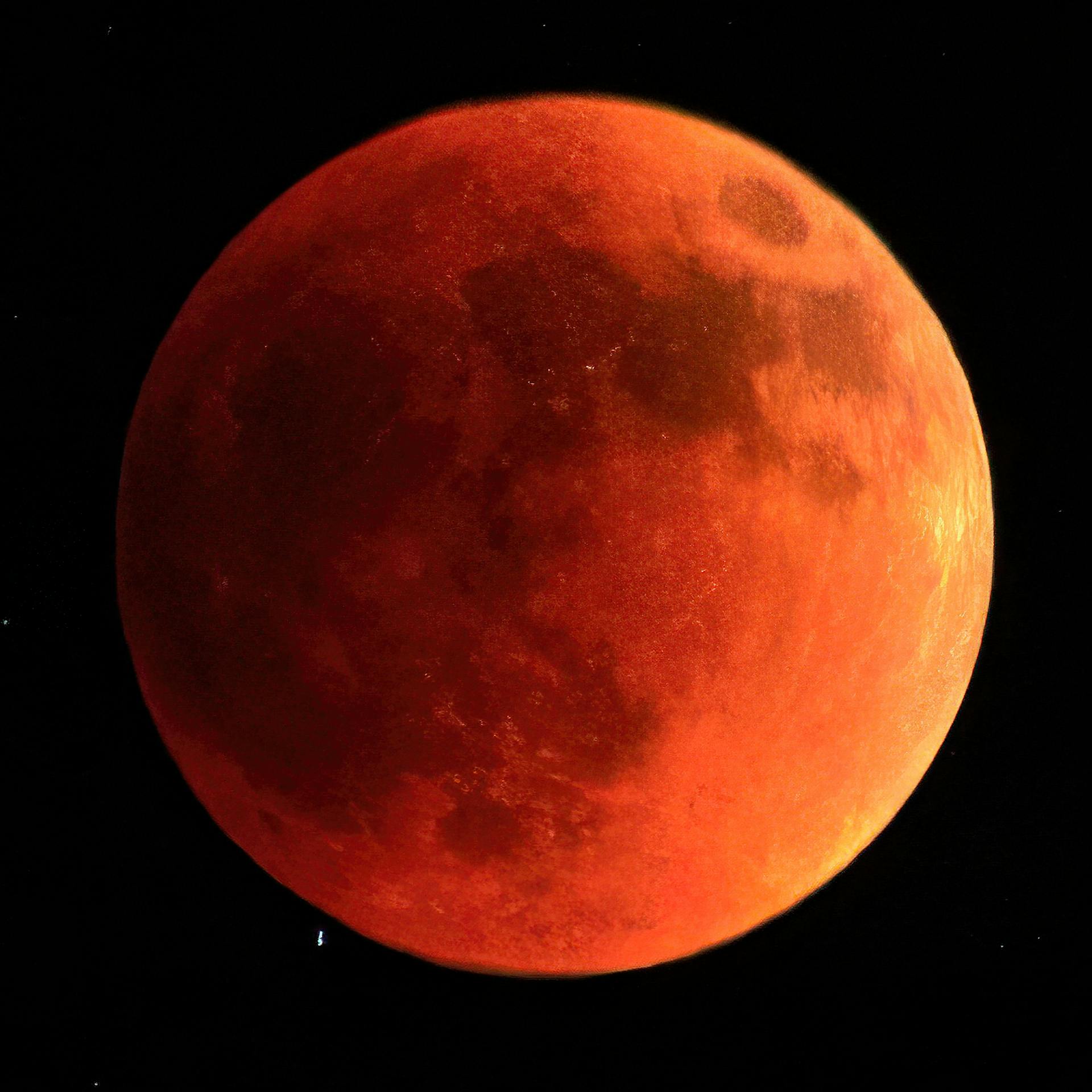A Dance of Light + Shadow: Understanding Solar and Lunar Eclipses
An eclipse occurs when one celestial body moves into the shadow of another celestial body, resulting in a temporary dimming or blocking of light. The most commonly observed eclipses on Earth are solar eclipses and lunar eclipses.
- Solar Eclipse: A solar eclipse happens when the Moon passes between the Sun and Earth, blocking all or part of the Sun’s light. This occurs only during the New Moon phase. Depending on the alignment of the Sun, Moon, and Earth, solar eclipses can be total, partial, or annular. During a total solar eclipse, the Sun is completely obscured by the Moon, casting a shadow on a narrow path on the Earth’s surface. Observers within this path experience a brief period of darkness known as totality. Partial solar eclipses occur when only part of the Sun is covered by the Moon, while annular solar eclipses occur when the Moon is too far from Earth to completely cover the Sun, resulting in a ring of sunlight around the Moon’s silhouette.
- Lunar Eclipse: A lunar eclipse occurs when the Earth passes between the Sun and the Moon, causing the Earth’s shadow to fall on the Moon. Lunar eclipses can only happen during the Full Moon phase. Like solar eclipses, lunar eclipses can be total, partial, or penumbral. During a total lunar eclipse, the entire Moon passes through the Earth’s umbral shadow, turning a deep red or coppery color due to the scattering of sunlight by the Earth’s atmosphere. Partial lunar eclipses occur when only part of the Moon enters the Earth’s umbra, while penumbral lunar eclipses occur when the Moon passes through the Earth’s penumbral shadow, resulting in a subtle darkening of the lunar surface.
Eclipses are remarkable celestial events that have fascinated humans for centuries. They offer opportunities for scientific study and observation, as well as cultural and spiritual significance in many societies. Eclipse events are often accompanied by public interest and media coverage, with enthusiasts traveling to prime viewing locations to witness these awe-inspiring phenomena firsthand. However, it’s important to observe safety precautions when viewing solar eclipses to avoid damage to the eyes. Specialized eyewear or indirect viewing methods are recommended to protect against the intense brightness of the Sun.

Megan Cooper -Writer -” Health & Life” Category







